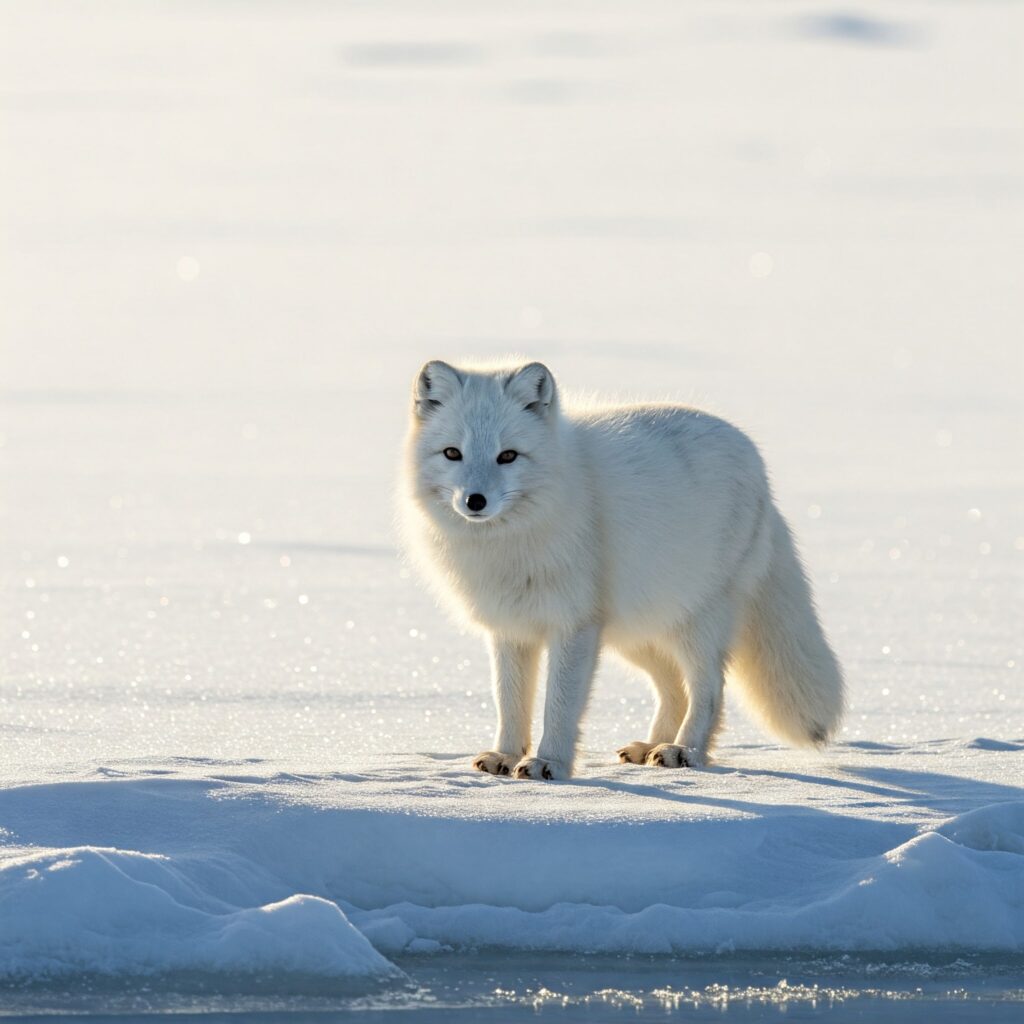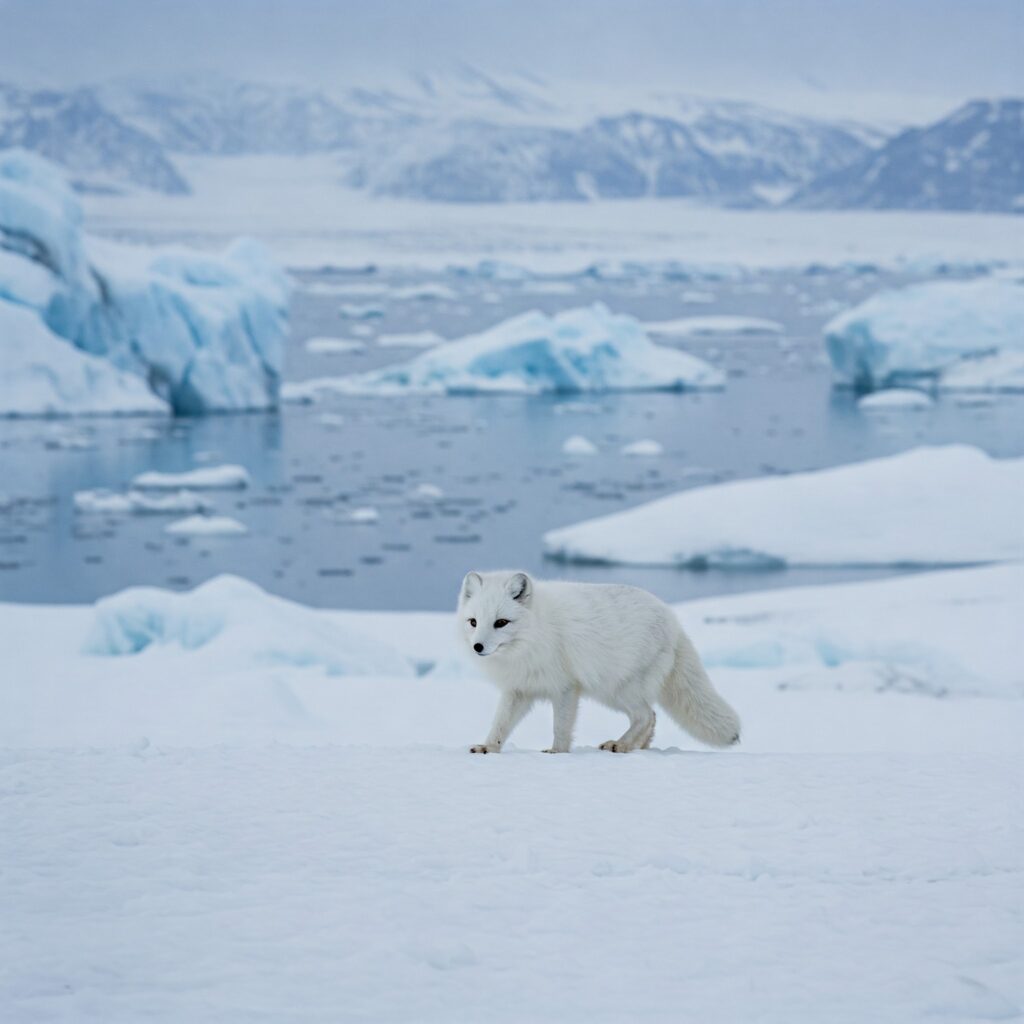
The Arctic fox (Vulpes lagopus) is a small yet extraordinary creature that thrives in one of the planet’s harshest environments. With temperatures plunging below -50°C (-58°F), survival in the Arctic is a remarkable feat. This fox is an expert in adapting to extreme conditions, making it one of the most fascinating animals in the world.
Physical Adaptations for Survival
The Arctic fox boasts a thick, multi-layered fur coat that provides insulation against the frigid climate. Unlike many other mammals, it has fur-covered paws, which help maintain warmth and provide traction on icy terrain. In winter, its coat turns pure white, offering perfect camouflage in snowy landscapes. During summer, the fur changes to brown or gray, blending with the tundra’s rocky surroundings.
Habitat and Range
Arctic foxes are found across the Arctic Circle, spanning North America, Europe, and Asia. Their primary habitat includes tundras, coastal areas, and icy plains. These foxes make their homes in underground dens, sometimes using the same burrows for generations. Some dens can be over 300 years old!##
Diet: A Resourceful Hunter
Despite the scarcity of food in the Arctic, the Arctic fox has a diverse diet. It primarily feeds on small rodents, such as lemmings, but also eats birds, fish, and carrion left behind by polar bears. During winter, when food is scarcer, it follows larger predators, scavenging what they leave behind. This resourcefulness ensures its survival through the toughest months.

Social Behavior and Reproduction
Arctic foxes are monogamous, often forming lifelong pairs. They breed once a year, usually in spring, and a single litter can have up to 14 pups. The mother and father work together to provide food and protection, ensuring their young survive the harsh conditions.
Threats and Conservation Status
climate change poses the biggest threat to Arctic foxes. Rising temperatures are reducing their snowy habitat, making it harder to find food and evade predators. Additionally, competition with red foxes, which are expanding northward, threatens their population. Despite these challenges, Arctic foxes are classified as **Least Concern** by the IUCN, though some regional populations are at risk.
Conclusion
The Arctic fox is a true testament to nature’s resilience. Its ability to adapt to one of the world’s most extreme environments makes it a remarkable species. As climate change continues to reshape the Arctic, the survival of this incredible fox depends on conservation efforts and our commitment to protecting the frozen wilderness it calls home.
For more amazing articles go to 👉 Terracotta warriors

Leave a Reply